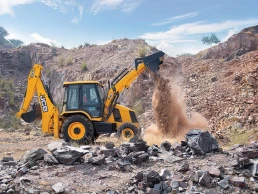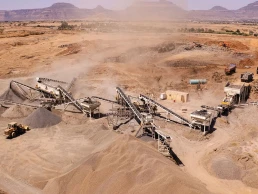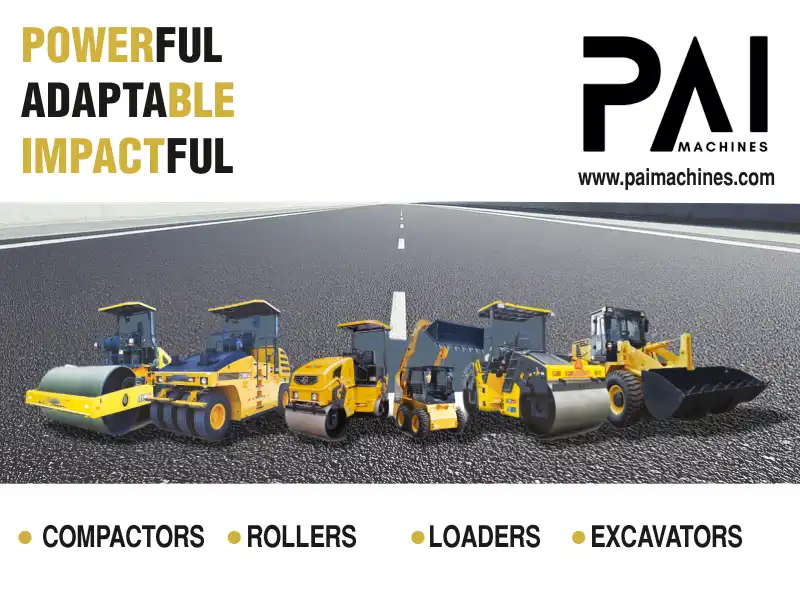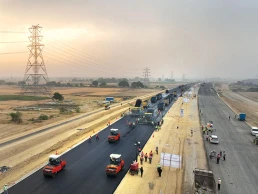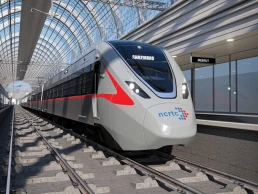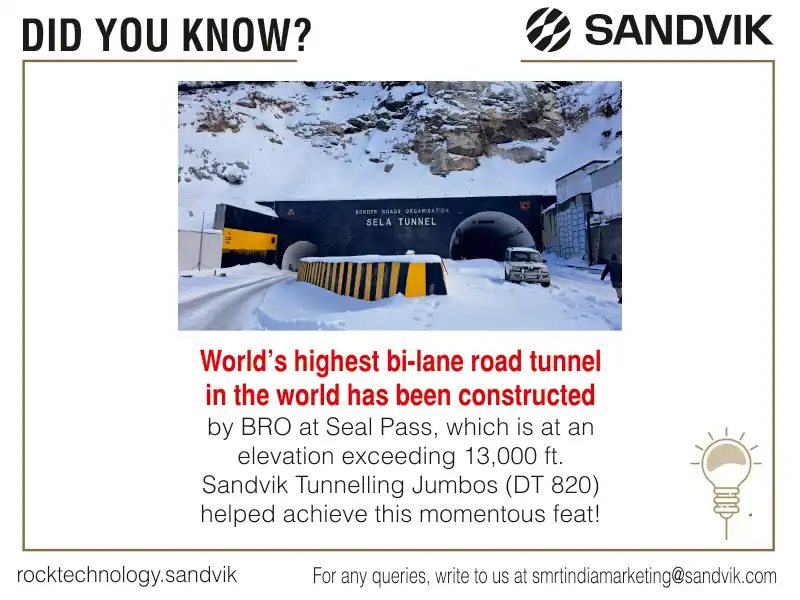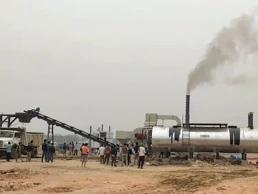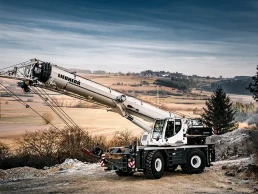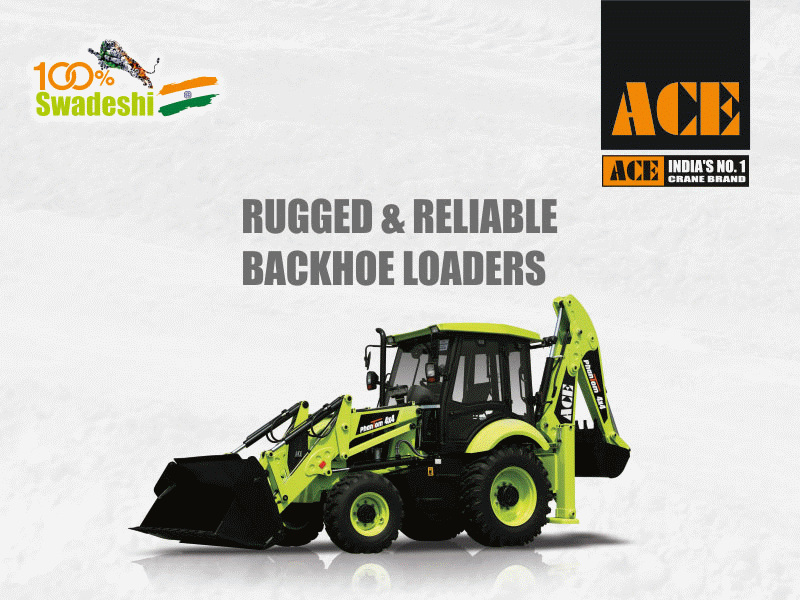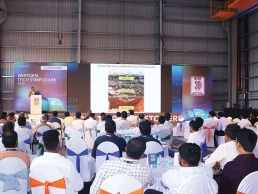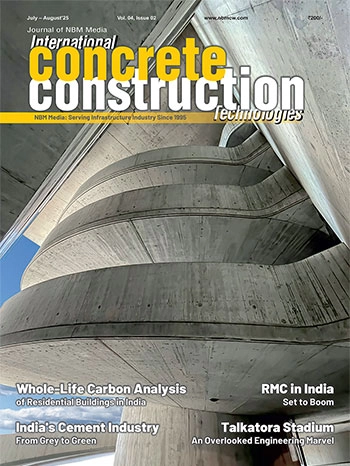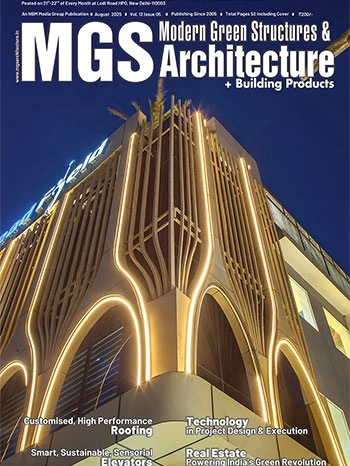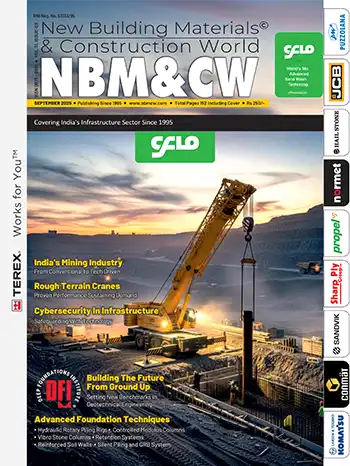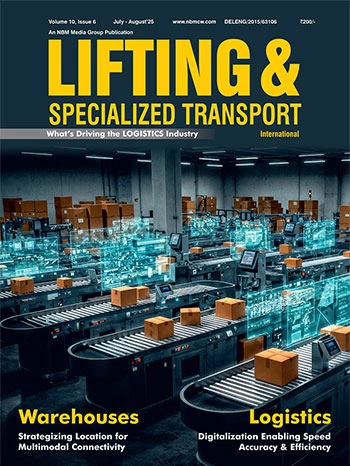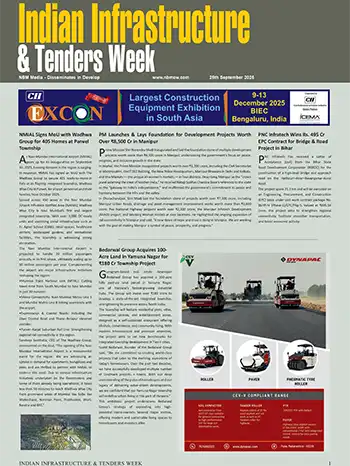FIL Industries: Sustainable Ropeway Solutions for Green Mobility in India

“With projects like the Dehradun-Mussoorie ropeway, we’re demonstrating how ropeways can decongest cities, reduce emissions, and transform mobility in eco-sensitive regions.”
Syed Junaid Altaf, Executive Director - FIL Industries Private Limited
How are ropeways emerging as a sustainable and efficient mode of transport in India, and what role is FIL Industries playing in this transformation?
One of the key reasons ropeways are becoming a preferred mode of transport in India, especially in hilly terrains, is their unique ability to provide sustainable connectivity where no other mode of transport can. Cable cars not only connect some of the most difficult-to-reach regions but also significantly reduce pollution, positioning them as a vital part of the future of responsible travel in the country. The government recognises the immense potential of these electric-powered mobility solutions to boost both domestic and international tourism.
Ropeways are also cost-effective, which further strengthens their appeal as a sustainable transportation solution. As part of this growing momentum, India is preparing to develop eight new ropeway projects worth ₹4,000 crore under the Parvatmala Scheme. FIL Industries is proud to be part of this transformative journey, with the Dehradun-Mussoorie ropeway currently under development. Once complete, it will be the longest ropeway in South Asia and the first ropeway in India to be used to both tourism and urban mobility, with Phase I scheduled for completion by September 2026.
I think partnerships and collaborations between Indian infrastructure and transport companies with global experts in the field are an encouraging trend that can firmly place India on the world map. In congested, densely populated cities, ropeways offer a great alternative mode of transport. The Varanasi urban ropeway project is a strong example of this potential. Beyond urban mobility, ropeways are also becoming instrumental in boosting tourism to remote regions and pilgrimage destinations. Projects in Kedarnath, Hemkund Sahib, and locations in Himachal Pradesh are expected to significantly enhance connectivity, stimulate local economies, and make travel easier for tourists and pilgrims.
Our earlier project, the Skyview Gondola built in 2019 in Jammu, connects Sanget Valley to Patnitop in just 13 minutes. It has not only reduced travel time drastically but also promotes green mobility in the region.

Please elaborate on how your company is contributing to green mobility and setting new standards in ropeway infrastructure in India?
We are proud to be at the forefront of green mobility developments in India, having pioneered sustainable transport solutions with the launch of the Skyview Gondola. Our upcoming Dehradun-Mussoorie ropeway project follows the same model. Spanning 5.8 km, the ropeway will connect Purkulgam at the foothills of Dehradun to the MDDA Taxi Stand in Mussoorie, reducing travel time from 2–3 hours by road to under 20 minutes. This will make it the most efficient and eco-friendly travel option in the fragile and eco-sensitive Doon Valley, and it promises to bring a transformational impact to Uttarakhand.
The Dehradun-Mussoorie ropeway will use a mono cable detachable gondola system, designed to reduce emissions and align with global ecological standards. With scalable capacities of up to 1300 passengers per hour, our systems support operational sustainability, urban decongestion, and tourism in remote and sensitive regions. These efforts collectively set new benchmarks for sustainable transport in India.
Our ropeways are built to the highest safety standards, adhering to CEN (European) certifications with a five-factor safety design. The system undergoes over 200 rigorous safety checks daily, making it one of the safest gondolas in the world. The Skyview Gondola features state-of-the-art infrastructure, including towers, ropes, and cabins imported from France, developed in partnership with POMA, a global leader in ropeway systems.
We collaborate with top global and domestic companies including POMA, E.R.I.C Ropeways, MND Group, Sage Geotech Inc., and Dianeige Mountain Design. With a strong focus on internationally accredited maintenance protocols, Skyview ensures a balance between reliable operations, passenger safety, and a minimal ecological footprint.
How does the Hybrid Annuity Model (HAM) support private participation in ropeway development, and how has it benefited your project?
The Hybrid Annuity Model (HAM), which offers 60% government construction fund support, is a positive step toward attracting private investment in capital-intensive ropeway projects. It strikes a strong balance between public sector support and private sector efficiency by reducing the upfront financial burden on private players. This not only lowers the barrier to entry but also builds greater confidence in the sector. For a project like Skyview by Empyrean, the model provides a solid foundation for sustainable growth and long-term success.
With the majority of construction costs supported by the government, private developers benefit from improved financial predictability and reduced risk exposure during the critical early phase. This enables a sharper focus on innovation, quality, and customer experience - key differentiators in premium ropeway and tourism offerings. The hybrid structure aligns well with the government’s broader vision of promoting green mobility and tourism through effective public-private partnerships in hilly and remote regions.
Naturally, every ambitious project comes with challenges. Factors like seasonality and terrain-specific operational requirements must be carefully managed. However, our integrated approach, blending transport, leisure, and hospitality, helps us diversify revenue streams and stay relevant year-round. Moreover, our commitment to international safety standards, premium service, and immersive visitor experiences gives Skyview by Empyrean a distinct competitive edge in attracting both domestic and international tourists.
In essence, the HAM model has provided the right financial and strategic support for private players to thrive, paving the way for a more connected, scenic, and sustainable future in India’s tourism infrastructure.

How does FIL Industries ensure the highest levels of safety and reliability in its ropeway operations?
We strictly adhere to both international and national safety standards, including European safety standards for magnetic inductive testing of ropes and Indian standards certified by the Bureau of Indian Standards (BIS). Each day, we conduct over 200 checks before our cable cars become operational, ensuring every aspect of our ropeway system complies with stringent safety protocols.
Our operations are managed by a highly skilled team that includes some of the youngest POMA-certified engineers in the world, with an average age of just 27. This reflects our strong commitment to training and development and positions us as a hub for grooming the next generation of ropeway engineers. This focus on human capital further reinforces our safety culture and operational excellence.
We have comprehensive emergency response procedures in place, including well-rehearsed evacuation and rescue operations. Routine preventive maintenance and frequent inspections help prevent mechanical issues, while our state-of-the-art monitoring systems allow us to stay ahead of any potential faults. We also maintain open communication with passengers, ensuring they are well-informed about safety procedures throughout their journey.
We integrate redundant safety systems into our ropeways, allowing for seamless operation even in unexpected situations. These collective measures make our ropeways some of the safest, most reliable, and technologically advanced aerial transport systems in the country, designed to deliver both high performance and complete peace of mind for passengers.

































